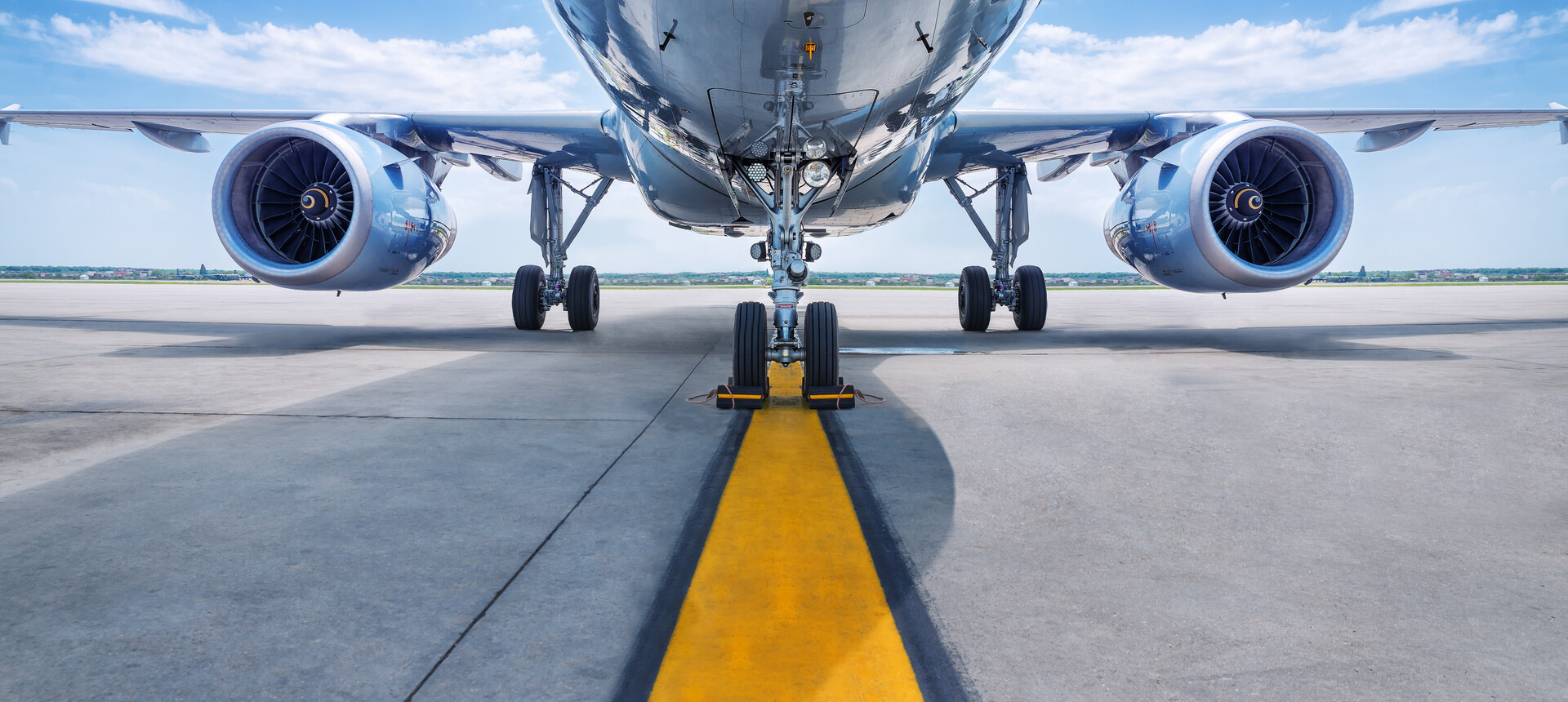2025 marks 100 years of Fischer-Tropsch innovation - and the timing couldn’t be more pivotal
What began a century ago as a novel chemical reaction is now a valued technology contributing to the possibility of future lower carbon flight.
04 August 2025
Fischer-Tropsch (FT) synthesis is a chemical process that converts a mixture of carbon monoxide and hydrogen (syngas) into liquid hydrocarbons, which can be upgraded to produce fuels like kerosene and diesel, and other valuable chemicals. As aviation faces mounting pressure to decarbonise, sustainable aviation fuel (SAF) has emerged as one notable solution. Technologies like FT CANS™, developed by Johnson Matthey and bp, uses FT synthesis to produce synthetic paraffinic kerosene (SPK) which can be blended with conventional jet fuel to make SAF. This technology is ready now to help scale SAF efficiently and flexibly to meet ambitious global climate goals.
Add to this the game-changing development of synthesised aromatic kerosene (SAK) via the BioForming® S2A process (developed by Virent in collaboration with Johnson Matthey), and we’re looking at the possibility of drop-in fully synthetic SAF - already demonstrated by Virgin Atlantic’s transatlantic flight in 2023. That flight used 12% SAK, produced by Virent, and 88% SPK to create a fully synthetic SAF which required no blending with conventional jet fuel before use.
To this end, Fischer-Tropsch technology, first discovered in 1925, now finds itself at the heart of the conversation around aviation’s sustainable future 100 years later!
Celebrating 100 years of Fischer-Tropsch: A century of innovation fuelling a lower carbon future
A milestone year for a century-old innovation
As the aviation industry works toward net-zero targets, 2025 offers a moment of powerful reflection and opportunity - it marks 100 years since the invention of Fischer-Tropsch (FT) technology. Originally developed in 1925 by German chemists Franz Fischer and Hans Tropsch, this method of converting carbon-rich feedstocks into liquid hydrocarbons is now one of the key solutions to the global push toward sustainable aviation. Today, that same FT process is being reimagined and refined to address one of the most challenging sectors in decarbonisation: aviation.
The SAF imperative: Urgency meets opportunity
Aviation currently accounts for around 2.5% of global greenhouse gas emissions, and this share is expected to grow unless bold decarbonisation measures are adopted. SAF offers one of the most promising pathways forward, as it provides a lower-carbon alternative to conventional jet fuel – and, crucially, one that doesn't require retrofitting existing aircraft or fuelling infrastructure. Among the most exciting developments in this space is FT CANS technology, a modern evolution of the FT process codeveloped by Johnson Matthey and bp. Its compact, modular design makes it highly scalable and adaptable, from regional hubs to full-scale production plants.
FT in action: Resilience through feedstock flexibility
One of FT’s unique advantages is its use of syngas, which can be produced from a wide array of feedstocks, from biomass and municipal solid waste to captured CO₂ and clean hydrogen. This versatility reduces reliance on any single raw material and strengthens resilience against supply chain disruptions. Projects like DG Fuels’ SAF plant in Louisiana plans to embrace FT CANS, using local waste biomass to produce jet fuel at scale. Plans for expansion across the US highlight the technology’s global potential.
Breaking barriers: The aromatics revolution
However, conventional synthetic SAF blendstocks face a common limitation: a lack of aromatics. Aromatics are vital for jet fuel performance as they influence freeze points, lubricity, and compatibility with existing aircraft systems. That’s where SAK comes in. Developed by Virent in collaboration with Johnson Matthey, the BioForming S2A process converts plant-based sugars into the aromatic components necessary for SAF performance. When SAK is combined with SPK in the right proportions, the result is a drop-in 100% SAF, as demonstrated with Virgin Atlantic’s transatlantic flight in 2023 - a milestone in aviation history as the first transatlantic flight by a commercial airline to be 100% fuelled by SAF. The flight used 12% SAK produced by Virent, and 88% SPK, produced by the HEFA process, but SAK can be added to any form of SPK, including via the FT pathway.
While the technology is ready, deploying SAF at scale remains the biggest hurdle. SAF still costs more than conventional fuels, and scaling production will require strong policy incentives, investment in infrastructure, and consistent access to eligible feedstocks. But with flexible technologies like FT CANS and high-performance components like Bioform® SAK, the pieces are falling into place for SAF to meet the growing global demand.
100 years on…
What began a century ago as a novel chemical reaction is now a valued technology contributing to the possibility of future lower carbon flight. As we celebrate the centenary of FT, we also enter an era of growing possibility for a more resilient, lower carbon aviation industry, powered by proven, scalable SAF technologies and the legacy of continuous innovation. Here’s to the next 100 years of helping to lower carbon emissions in our skies!
Read more
More about our Fischer Tropsch technology
Explore

